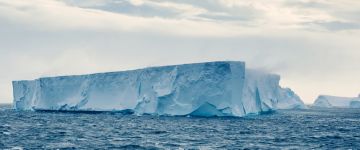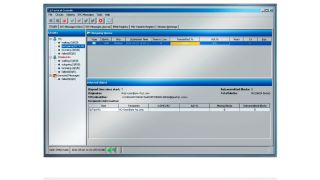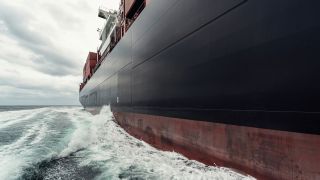Far from civilization, there are only two options for long-distance communications: satellite or shortwave radio. Modern satellite phones are about the same size as a mobile phone. They represent the only option for mobile operation in remote areas.
However, for stationary operation in locations with electrical power, there is a viable alternative: shortwave radio. The benefits include zero connection charges, freedom from infrastructure and round-the-clock availability.
Of course, in a hostile environment far from civilization, it is not a bad strategy to use both options in order to have a backup available. This is exactly the policy at the two Antarctic stations operated by the Italian government. When satellites are in range (not the case in polar regions at all hours of the day), the satellite option is used. Otherwise, there is shortwave radio as a fallback option – based on technology from Rohde & Schwarz.















